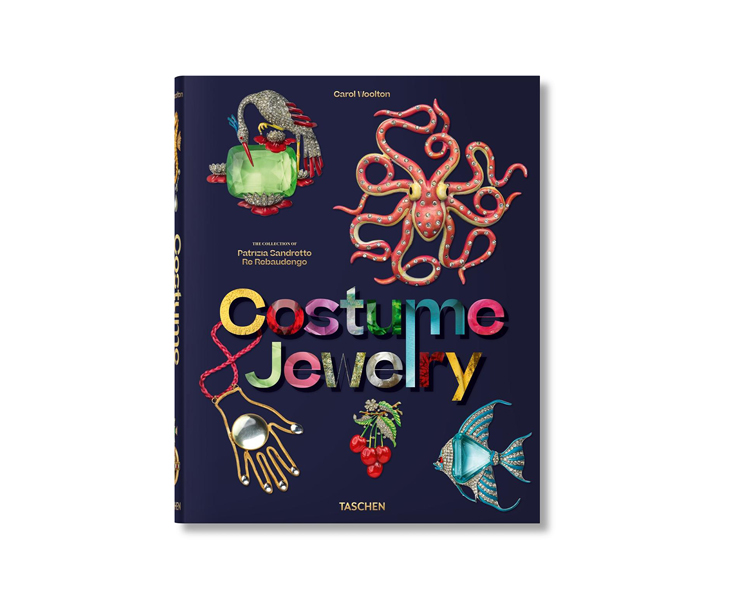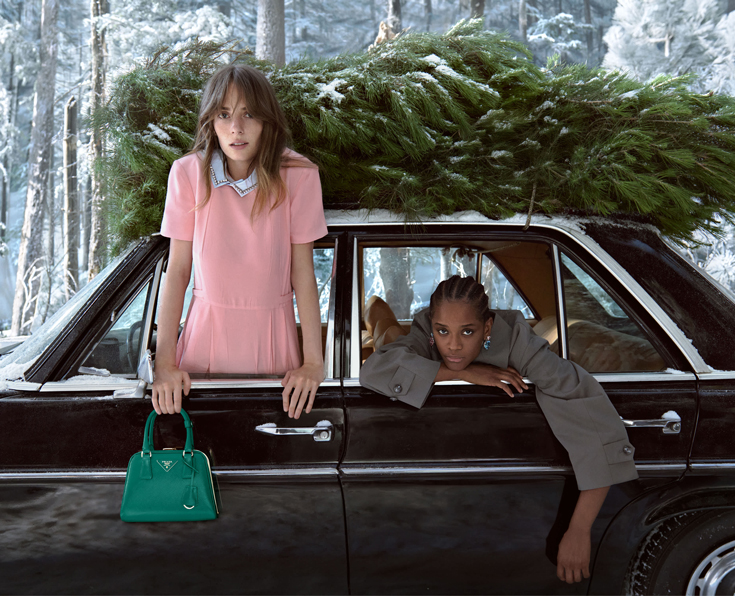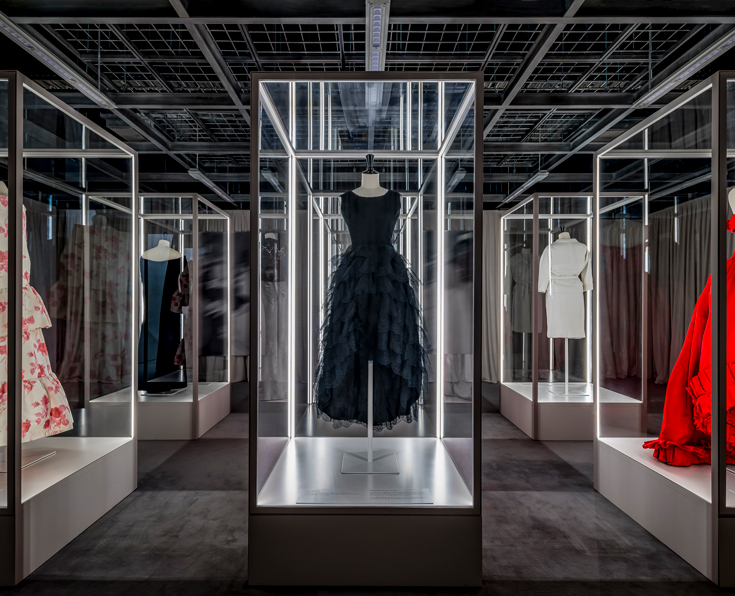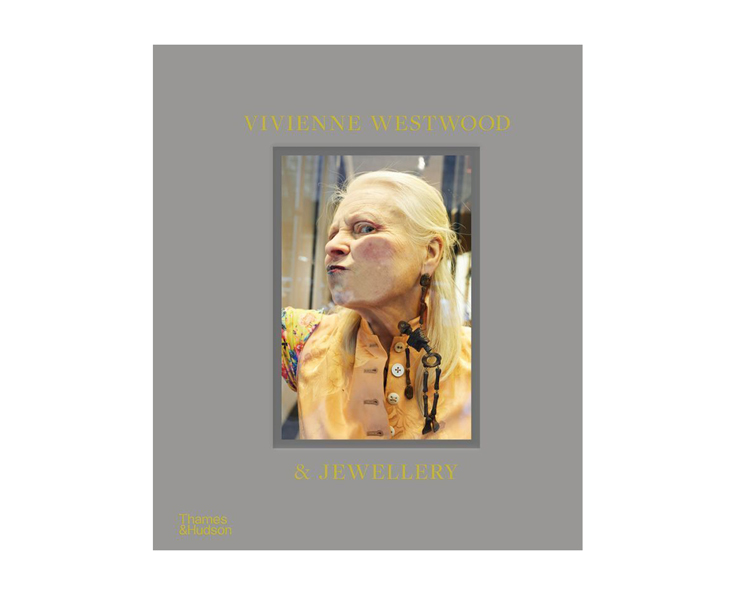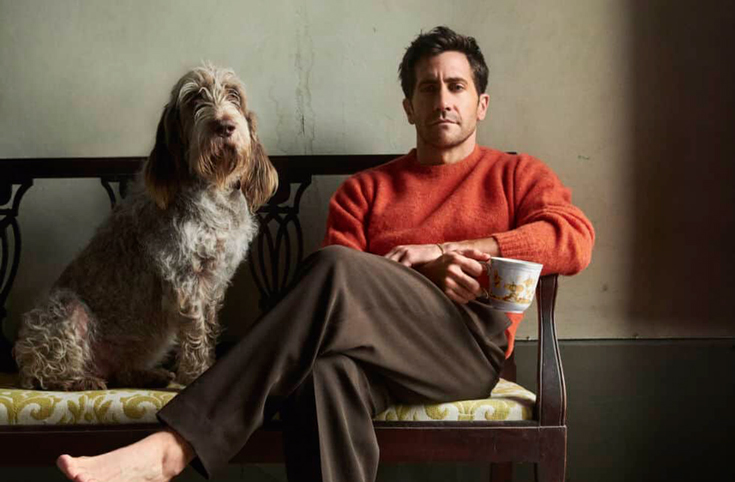JUNYA WATANABE ON THE EVOLUTION OF HIS MENSWEAR

There’s a magic distilled in Junya Watanabe’s collections that meets next-level craftsmanship and innovative design, with the 63-year-old’s admiration for style and subculture born on the street.
Watanabe, who has designed under his own name since 1992 and launched Junya Watanabe MAN in 2001, is known to craft garments within a heady collision of the functional and the extraordinary. He plays a deft hand in building his collections around everyday wardrobe staples, while time and again he shifts menswear ideals through a quietly radical bent.
In Watanabe’s world, gentlemanly suits sit alongside utilitarian outerwear, punky, patchwork denim and the sort of in-the-know workwear that has had brand loyalists looking (and feeling) the dog’s bollocks for the last 23 years. There’s a design dialogue shared among Watanabe’s men’s and womenswear in term of garment manipulation, masterful pattern-cutting and the use of surplus fabrics. Yet the two sides of the brand are distinctly singular. While you could easily spot a Junya man loitering around hip bars and sceney shops dotted around East London, the Junya woman looks at home in a bygone, dingy club buried in the city’s underbelly, or beamed down from a different planet entirely.
His menswear has thrived for its clever ability to subtly evolve the clothes we turn to day in, day out, yet his womenswear relishes its otherworldly strangeness. Both arms of the business have existed simultaneously, in alternative universes. Until now, that is.
In his SS24 MAN collection, which saw Watanabe team up with an impressive 24 brands in total – from Stüssy and Palace through to C.P. Company and Carhartt – the designer wrote: “This time I focused on Junya Watanabe womenswear as the main collaboration. The idea and the way of my approach in the creation of Junya Watanabe is completely different to MAN, so they are different brands to me. I wanted to incorporate clothes like Junya Watanabe into MAN.”
Out came Watanabe’s models, with black oiled locks greased up into ferocious mohawks, porcupine-like spikes and wind-swept bedheads. Soundtracked to Led Zeppelin and Pink Floyd (two of many heroes from Watanabe’s teenage years), they were outfitted in an abrasive collision of all-black hi-vis jackets (ideal for goth workies), indigo denim co-ords and slouchy overalls that came littered with pockets. As if they’ve been lurking in the deepest corners of Slimelight, North London’s goth clubbing palace, these nightcrawlers came enveloped in sculptural silhouettes that felt twistingly opulent.
The real showstoppers on view were Watanabe’s Frankensteined concoctions. Belts of beige rain macs were bulldozed into one another to create tunic dresses. Ladies-who-lunch bricolage jackets came chopped up and pieced together to make a sleeveless trench and biker jackets were amalgamated into floor-length overcoats laced with rebel spirit.


Each of his men’s and women’s collections this season were made of 29 looks and were mirrored in their anarchic flair. Why, at this moment in his career, did Watanabe strive to establish a new parallel between his collections? “To be honest, the trigger was feeling tired of my own way of creating and thoughts about menswear,” the designer wrote over email. (Watanabe is famously reluctant to do interviews, preferring his work to speak for itself.) “I wondered if my free way of creating womenswear could be a new proposition and decided to implement it.”
This quest for “new propositions” has been a natural instinct that has followed Watanabe throughout his career. Born and raised in Fukushima, he would join Comme des Garçons in 1984 after graduating from Tokyo’s Bunk a Fashion College. It was the work of cutting-edge experimentalists Issey Miyake and PierreCardin that originally ignited his interest in clothes.In his formative years he was much more interested in music, particularly sounds reverberating from the UK. “I still love the musicI listened to in my youth,”says Watanabe, who allows a sonic palette to influence his collections. (His AW21women’s show was littered with band merch from everyone from The Who through to The Rolling Stones, and he has since dedicated entire collections to the uniforms of Debbie Harry and Jamiroquai’s Jay Kay.)
At Comme, he would work under Rei Kawakubo as a pattern-cutter across the Japanese fashion titan’s varying lines, before being appointed as design director of CDG’s Tricot line in 1987. After a stint as chief designer of the Homme Plus line, Watanabe was encouraged by Kawakubo to launch his own label as part of the Comme umbrella of brands.

Watanabe’s debut SS02 MAN collection marked something of a seismic shift in menswear. His models looked like they’d been plucked from an indie-loving boozer in Camden and dropped on the streets of Paris.They wore laddish, short-sleeved shirts that came in vivid shades of tangerine and icing sugar pink, or ladylike Liberty-print florals. Across their chests were block-printed poems or random word associations that felt like doing a Tesco shop on ’shrooms: ‘curryrice’, ‘watermelon’, ‘ham’, ‘German doner’. It was intoxicating in its audaciousness.
His first menswear outing also saw Watanabe join forces with Levi’s on a slew of boxy-cut 501 jeans –taking a men’s hero piece and carefully folding it into his own design lexicon. Brand collaborations are routine in menswear today, yet Watanabe was one of the first to master the art within a luxury context and continues to be a pioneer in the field. “I offer collaborations to brands whose clothing or shoes I am interested in,”says the designer. “By continuing collaborations over the years, the number of partnerships has increased.”
Season upon season, Watanabe has patchworked his collections with all-American heroes (Converse, Levi’s, Brooks Brothers), gorpcore go-tos (The North Face, Canada Goose, Karrimor) and legendary London eateries (who could forget those St John tote bags from SS20?).
His eclectic mixing of brands appeals to a broad range of fashion-forward gents, reflected in the casting. Think back to SS17’s tatted bad boys, who stalked their way across the catwalk, snarling at the front row with the attitudes of gangsters. Look even further back (we’re talking SS06 here) and Watanabe’s lads pastiched Taxi Driver’s De Niro anti-hero Travis Bickle (where mohawked models wore pseudo military garb). It was seemingly a world away from the fresh-faced cast that walked SS19, who resembled kids playing dress up in their schoolboy shorts and camo gear. And there was his AW19 collection, cast entirely on middle-aged silver foxes, who donned handsome suit jackets with pinstripe and plaid torsos combined with MA1 bomber sleeves.
“Our customers are always looking for new collaborations, so in a way, I am responding to their expectations,” says Watanabe. Such linkups have become something of fashion folklore – coveted trophy pieces that occupy the wardrobes of Watanabe’s fans globally. There’s a cultish quality to these grailed finds. They’re like rare Pokémons to the designer’s loyal following – gotta catch ’em all!”


It’s a community in which you have to earn your stripes. His menswear is built around the sort of unflashy flourishes that might not be obvious to the casual observer. The pocketed lining of a secretly complex blazer for instance, or the heavy-duty construction of a great coat. And those oh-so-clever hybrids, not to mention his ability to collage fragments of the obsessions of his youth across seriously wearable products. That nod of approval from a fellow fan of the brand when you’re donning your finest Junya togs seals the deal: you’re part of the club.
I wonder, then, as he steers MAN into its next phase, one that intersects his men’s and womenswear in an experimental commonality, is he looking to push his legion of followers to step outside their comfort zones? “The collection is not in stores yet, so I do not knowhow our customers will react,” he says. “I am not sure if it will be accepted by our customers, but there is also hope that it might attract a new client.”
There are newfound freedoms in how we approach getting dressed on the daily. Gender lines are increasingly being blurred and masculine and feminine dress codes are in a state of flux. Was this a catalyst for Watanabe’s change in pace? “I did not specifically think about genderless as a theme. However, I feel thatI have created something interesting that is different from ‘genderless clothing’ in contemporary society.”
Why does menswear remain an important vehicle to communicate Watanabe’s creative ideas?
“The reason is the universality and coolness inherent in menswear,” he says, “which forms the base of my designs.”
It’s telling that when designing his menswear collections, Watanabe says he will sometimes reference pieces from his own wardrobe. In Junya’s world, the magic starts with the master himself.
Issue 59 of 10 Men UK – PRECISION, CRAFT, LUXURY – is on newsstands now.
JUNYA WATANABE MAN: THE MAESTRO
Photographer JIMI FRANKLIN
Fashion Editor GARTH ALLDAY SPENCER
Text PAUL TONER
Models DYLAN MOFFETT at Milk Management and EDDY EARL at Perspective Management
Hair CHIKA F.K using Oribe Hair Care
Fashion assistants SONYA MAZURYK and HOLLY SAPNA SINGH
Casting SIX WOLVES
Clothing and accessories throughout by JUNYA WATANABE MAN

